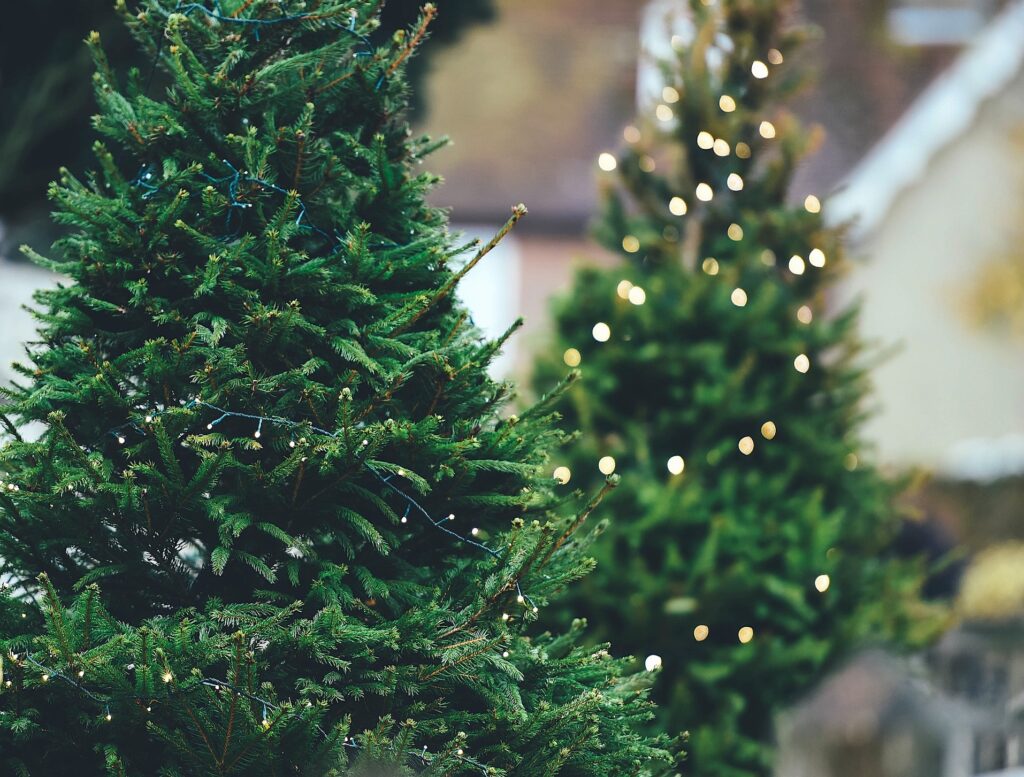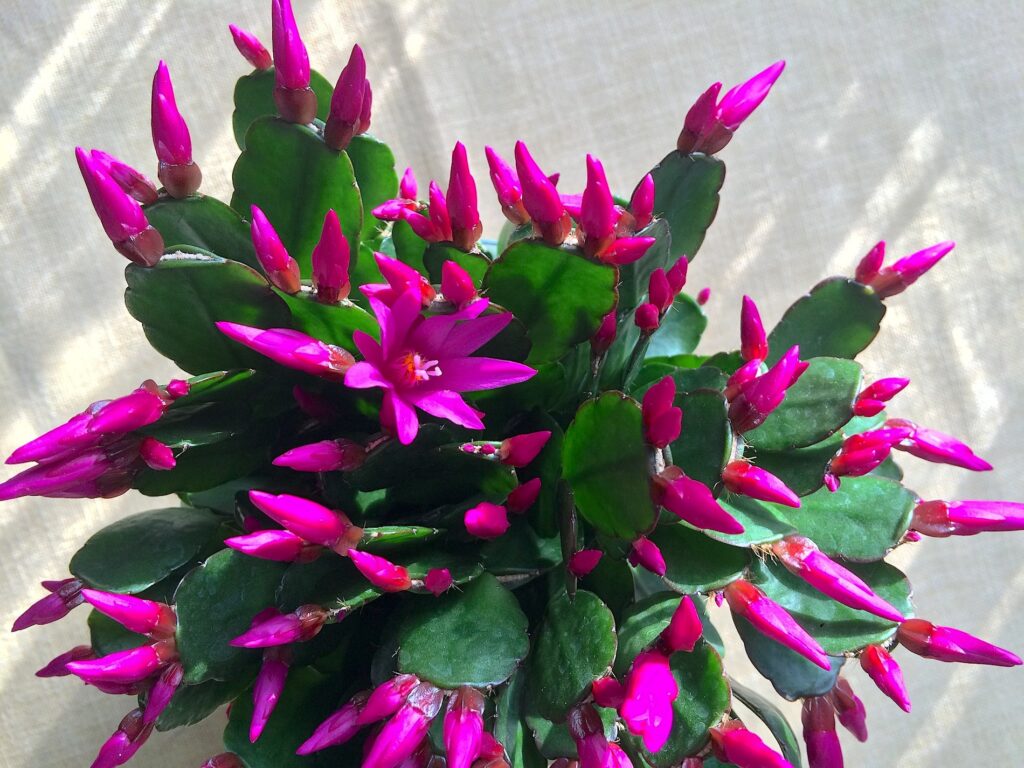December Home Gardening News, 2022
go.ncsu.edu/readext?904495
en Español / em Português
El inglés es el idioma de control de esta página. En la medida en que haya algún conflicto entre la traducción al inglés y la traducción, el inglés prevalece.
Al hacer clic en el enlace de traducción se activa un servicio de traducción gratuito para convertir la página al español. Al igual que con cualquier traducción por Internet, la conversión no es sensible al contexto y puede que no traduzca el texto en su significado original. NC State Extension no garantiza la exactitud del texto traducido. Por favor, tenga en cuenta que algunas aplicaciones y/o servicios pueden no funcionar como se espera cuando se traducen.
Português
Inglês é o idioma de controle desta página. Na medida que haja algum conflito entre o texto original em Inglês e a tradução, o Inglês prevalece.
Ao clicar no link de tradução, um serviço gratuito de tradução será ativado para converter a página para o Português. Como em qualquer tradução pela internet, a conversão não é sensivel ao contexto e pode não ocorrer a tradução para o significado orginal. O serviço de Extensão da Carolina do Norte (NC State Extension) não garante a exatidão do texto traduzido. Por favor, observe que algumas funções ou serviços podem não funcionar como esperado após a tradução.
English
English is the controlling language of this page. To the extent there is any conflict between the English text and the translation, English controls.
Clicking on the translation link activates a free translation service to convert the page to Spanish. As with any Internet translation, the conversion is not context-sensitive and may not translate the text to its original meaning. NC State Extension does not guarantee the accuracy of the translated text. Please note that some applications and/or services may not function as expected when translated.
Collapse ▲Christmas Cactus and Christmas Tree Care
It’s that time of year again for fruitcake and eggnog, stockings and bows, and the gathering of loved ones around that beloved evergreen, the Christmas tree. Now, since I’m partial to Fraser fir and in supporting our Christmas tree farmers; I’m going to go out on a limb here and assume you all have a real tree. Everyone holds their respective tree with great pride. You never insult someone’s selection of tree. It cuts to the soul, because countless walks through the tree lot and serious discussion with family went into having the perfect tree.
 There are a few ways to assist your precious Tannenbaum in having the longest life possible indoors and ensure its longevity. Make sure to have personnel at the tree lot gently shake and bounce your tree on the ground. Expect for there to be a good deal of needles that drop while doing this even on freshly cut trees. This is typically last year’s brown needles from the interior of the tree. If exterior green needles are lost the tree is too dry and you should move onto another.
There are a few ways to assist your precious Tannenbaum in having the longest life possible indoors and ensure its longevity. Make sure to have personnel at the tree lot gently shake and bounce your tree on the ground. Expect for there to be a good deal of needles that drop while doing this even on freshly cut trees. This is typically last year’s brown needles from the interior of the tree. If exterior green needles are lost the tree is too dry and you should move onto another.
According to the North Carolina Christmas Tree Association, “The needles on a fresh Fraser fir break crisply due to their high moisture content. If you try to bend a green needle and it is pliable, then the tree is too dry.” If it is not already done for you before you leave the lot, make sure to make a fresh thin cut on the trunk no more than ¼ to ½ inch. This is to provide maximum water uptake by the tree. Sap immediately starts to harden around the cut, so it’s best to get your tree placed in water as soon as possible. You should treat your tree just as you would fresh flowers.
Daily inspect the water level under your tree. Never let the water level drop below the base of the tree. There is no need for special additives. Your tree may use up to a quart of water a day for every inch of trunk diameter; she is thirsty! Also, keep the tree away from your home ventilation system, as close proximity will dry the needles. When you “go green” at Christmastime you are supporting North Carolina Christmas tree farmers. Whether it be a Fraser fir, white pine, or an Eastern red cedar, each of these species will provide many weeks of yuletide enjoyment for you and your family.
Poinsettias may always be the staple of holiday plants but a Christmas cactus in full bloom is sure to turn heads at your Christmas party. Christmas cactus can be grown with ease indoors throughout the year. Flower colors range from salmon, pink, yellow, fuchsia, and white. Christmas cactus requires a sunny location indoors but not direct sunlight. A north or east window will give adequate lighting. Cacti are succulent plants that store a reasonable amount of water within their leaves. However, this doesn’t mean you won’t need to water your Christmas cactus. Thoroughly water when the top of the growing mix feels dry to the touch.
 Christmas cactus needs a high relative humidity around it to perform its best. Place the pot on a container of pebbles and fill with water just below the bottom of the pot. This will increase the humidity around the plant. Once blooming has finished let the cactus rest by withholding water for six weeks. Afterwards, resume watering to keep soil moist but let the surface remain dry to the touch. A well-drained potting mix is ideal for any type of succulent plant. Be sure to repot your Christmas cactus every two to three years so the roots will have rooms to expand. Apply half the rate suggested of any liquid houseplant fertilizer every 2 to 3 weeks. Christmas cactus can be moved outdoors during the summer but should be kept out of direct sunlight.
Christmas cactus needs a high relative humidity around it to perform its best. Place the pot on a container of pebbles and fill with water just below the bottom of the pot. This will increase the humidity around the plant. Once blooming has finished let the cactus rest by withholding water for six weeks. Afterwards, resume watering to keep soil moist but let the surface remain dry to the touch. A well-drained potting mix is ideal for any type of succulent plant. Be sure to repot your Christmas cactus every two to three years so the roots will have rooms to expand. Apply half the rate suggested of any liquid houseplant fertilizer every 2 to 3 weeks. Christmas cactus can be moved outdoors during the summer but should be kept out of direct sunlight.
For more information on horticulture and other topics please contact the Franklin County Center at 919-496-3344 or Colby Griffin at colby_griffin@ncsu.edu.
2023 Spring Extension Gardener Series: Topics and Dates forthcoming!
Check Your Dirt NC!
Learn about the types and sources of soil chemical contaminants that might be found in and around your own garden site, community gardens, and school gardens at Check Your Dirt NC!
Preventing and Managing Ice and Snow Damage to Landscape Plants
Snow in the Carolinas is often wet & heavy, piling up on plants sometimes breaking limbs and branches. Selecting resilient plants that can withstand heavy loads from snow and wind are essential to a healthy winter landscape. Learn more about it at gardening, Preventing and Managing Ice and Snow Damage to Landscape Plants




